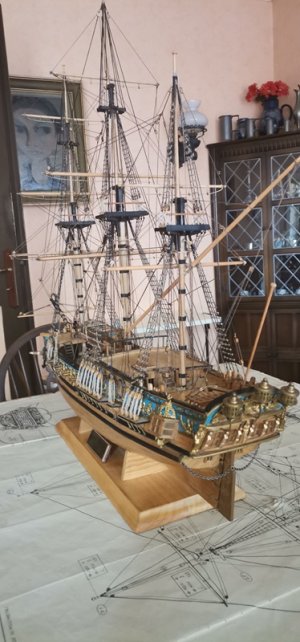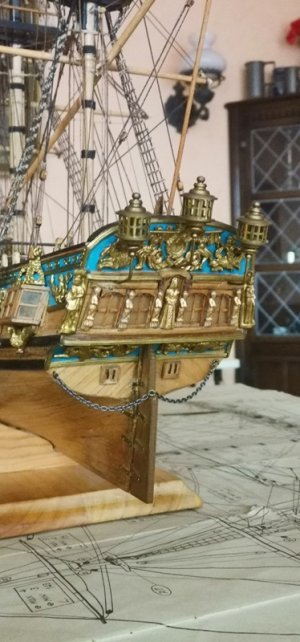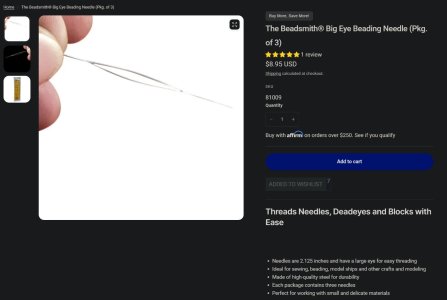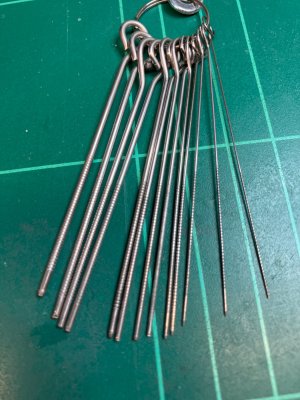Surely the main consideration needs to be scale?
And if we look at the real thing, there is very little clearance, as ropes, sheaves, and blocks are all carefully sized as a set.
Which means that there should be no clearance to use a needle threader, so like the real thing, we need to poke the rope through the block or wherever, with little clearance. This needs the components to have appropriate clearances.
Begin by ensuring that the block hole is right sized and clear. I would use a pin vice rather than anything electron powered for the sensitivity it brings.
Then attend to the rope. Here we may struggle, especially in smaller scales, and may, if assembling a kit, need to check supplied material, and make substitutions or make new ropes if necessary.
Finally we get to threading, and I”ve already mentioned my preference for beeswax, but it may be necessary to scrape the end to bring it to a point first.
The other thing some of us find necessary is a magnifying glass on a stand, with illumination.
Jim














